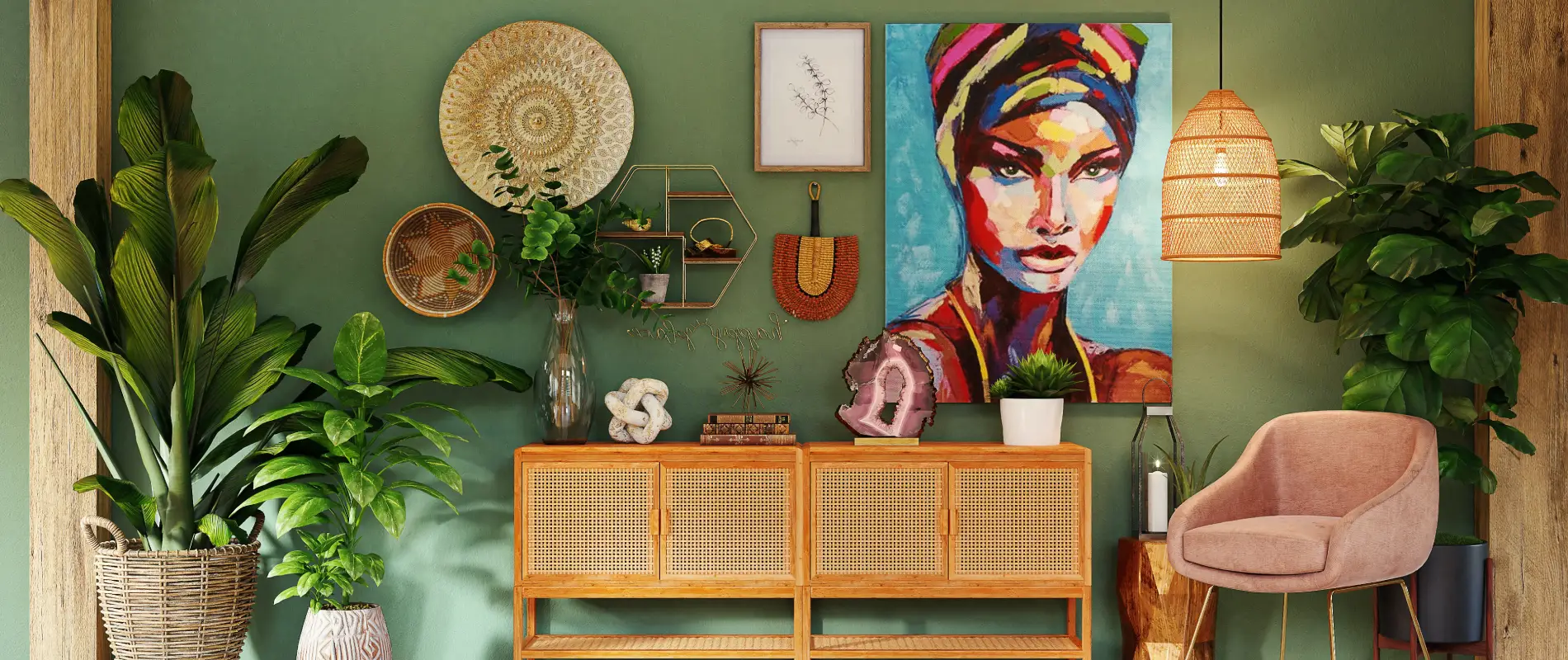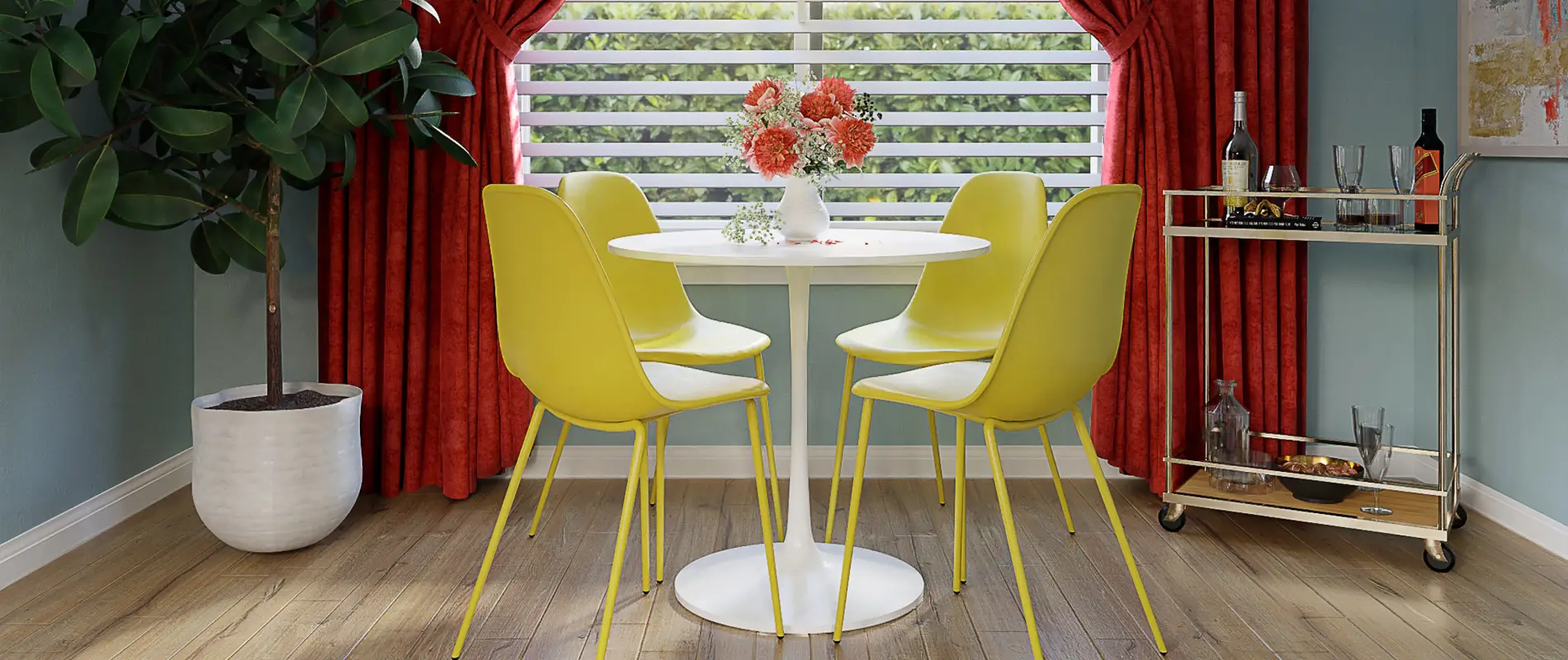
WordPress pattern: Icon Light INL-PRO-14
Build WordPress sites with MaxiBlocks. All features free forever. No locked functionality. Optional Cloud Library saves you 10+ hours per project. Start free
Elevate your WordPress site with our icon block pattern design
Are you looking to enhance your WordPress website with a sleek and functional design? Our Icon Block Pattern offers a modern, minimalist layout perfect for showcasing distinct categories while providing an engaging user experience.
Original design overview
The Icon Block Pattern features a clean single-row layout with four equally spaced columns. Each column highlights a unique category, neatly arranged from left to right, creating an organized and inviting visual flow. The symmetrical structure provides balance and aesthetic appeal, ensuring your content stands out attractively.
Design analysis
Layout analysis
- Overall structure: This design employs a single row of four well-defined columns.
- Arrangement: Each column is dedicated to a specific category, ensuring users can easily navigate between different themes.
- Asymmetrical choices: Despite its symmetrical layout, the design incorporates equal spacing, achieving a harmonious look that enhances readability.
Element and feature description
- Visible elements:
- Icons: Each category features a distinctive icon, such as a sofa for “Interior Design” or a construction worker for “Architect,” visually representing the theme.
- Text blocks: Clear labels enhance user comprehension, indicating categories like “Interior Design,” “Architect,” “Commercial,” and “Residential.”
- Arrows: Simple directional arrows next to each label guide users smoothly between categories.
- Interactive elements: Arrows serve as navigation tools and suggest deeper interactions, such as links to more information.
- Typography: A clean, sans-serif font adds a modern touch, with consistent text sizing that adapts seamlessly to different viewports.
- Icons/graphical elements: Line-art style promotes simplicity, effectively communicating the essence of each category without excessive detail.
- Image borders/rounded corners: Icons maintain a flat design with no intricate borders or shadows, reinforcing a contemporary aesthetic.
Unique design aspects
- Standout design choices: Intuitive icons and descriptive labels ensure immediate understanding while preserving a minimalist approach.
- Hover effects/animations: The simplicity of the layout allows for engaging hover effects, enhancing interactivity.
- Responsive design elements: Column arrangement adapts fluidly across screen sizes, ensuring functionality and user-friendliness.
- Accessibility considerations: Clear labels support users relying on visual cues for navigation.
Overall design style
- Design style: The pattern embodies a minimalist and modern aesthetic, marked by clean lines and a simple colour palette.
- Visual hierarchy: Icons catch the eye first, naturally guiding users through the text labels that follow.
- White space and balance: Generous white space enhances visual balance, preventing clutter and improving legibility.
Why choose our icon block pattern?
With its elegant layout and thoughtfully designed elements, the Icon Block Pattern is an ideal choice for any WordPress website design focused on design and architecture. Enhance your user experience and make information easily accessible with this engaging, modern approach. Transform your site today-your visitors will appreciate the clarity and style!
Use cases for WordPress icon pattern
Online portfolios
Showcase your diverse skills and projects using distinctive icons for each category. Whether you’re a photographer or a graphic designer, this pattern can highlight your various specialties elegantly. It allows you to present your creative work in a visually appealing way, making it easier for prospective clients to browse through your portfolio categories and appreciate your unique talent.
Service categorization
Businesses offering multiple services can use this pattern to effectively delineate what they offer. Think about consultancy agencies or digital marketing firms categorising their services into strategy, design, development, and more. The intuitive design helps potential clients quickly understand different service areas, making your site navigationally efficient and visibly comprehensive.
E-commerce segmenting
E-commerce platforms can categorise products by using distinct icons for each section, such as fashion, electronics, or home decor. This structure makes it easier for shoppers to find what they want without being overwhelmed. The use of icons adds a visual guide that enhances user interaction, making shopping a smoother experience.
[h4]Educational websites[/h4]
If you offer online courses or resources, categorising them by subject area with intuitive icons will help users find what they need quickly. For example, use book icons for literature or flask icons for science related content. This way, students and educators can access your materials more efficiently, improving the educational experience.
[h4]Blog organisation[/h4]
Organising your blog posts by topic with clear visual cues ensures readers can easily navigate your content. Whether it’s travel, lifestyle, or business, a structured layout with topic-specific icons helps retain readers by reducing the time it takes to find articles of interest. Enhance your blog’s usability with an organised and thematic presentation.
[h4]Corporate websites[/h4]
Present various business segments or departments cohesively using this pattern. It’s great for companies needing to portray different operational areas, such as HR, marketing, and sales. This layout helps convey your organisational structure clearly, making your overall corporate communication more effective and easily digestible for external and internal audiences.
[h4]Event landing pages[/h4]
If you’re setting up an event site, use this pattern to organise schedule sections, speaker bios, and different event activities. Icons allow potential attendees to quickly navigate event information, making planning easier. This user-friendly interface ensures that all critical details are easy to locate, leading to better event participation and satisfaction.
[h4]Restaurant menus[/h4]
Restaurants can distinguish various menu sections such as starters, mains, desserts, and drinks using dedicated icons. This format makes exploring the menu visually enjoyable and straightforward, encouraging diners to browse different sections. Presenting your offers with flair attracts more attention and improves the overall dining experience.
[h4]Travel accommodations[/h4]
Highlight different accommodation options or features within a travel website using representative icons. Whether it’s hotels, car rentals, or travel insurance, icons guide users to their desired services, simplifying their booking journey. It’s an excellent way to facilitate a user-friendly environment, essential in the travel and hospitality sector.
[h3]Different types of icon themes
Flat icons
Flat icons present a modern, minimalistic look with no shadows or complex designs. This style suits users who appreciate simplicity and high readability. It makes navigation intuitive and accessible, enhancing the site’s usability without detracting from its core content. Perfect for contemporary web designs prioritising user experience.
[h4]Outline icons[/h4]
Outline icons are all about simplicity with an elegant twist. They’re minimalistic but communicate information effectively using thin lines. These icons provide a stylish, clean appearance, fitting seamlessly into any modern web design. They’re great for maintaining a professional yet straightforward look, ideal for corporate or educational sites.
[h4]Filled icons[/h4]
Filled icons offer bold and emphatic visual cues. They stand out and grab attention, making them ideal for action-driven elements like call-to-action buttons. These icons are often used in vibrant, dynamic web applications where user engagement is paramount, helping to highlight key features or sections.
[h4]Colourful icons[/h4]
Colourful icons add vibrancy and life to your website, making it appealing to a wide range of users. They can effectively capture user attention and make navigation more intuitive by leveraging colour-coded categories. Perfect for sites that target a younger or creative audience, mixing playfulness with functionality.
[h4]Pixel-perfect icons[/h4]
Pixel-perfect icons are designed to appear crisp and clear on all screens. These meticulously drawn icons are ideal for high-definition displays, ensuring each pixel serves the overall design accurately. They’re perfect for tech websites or any platform where graphic clarity is non-negotiable.
3D Icons
3D icons give a sense of depth and dimension, bringing a tactile quality to the digital space. They can create a strong visual impact by providing a realistic, eye-catching feature on your site. Ideal for creative industries or entertainment platforms looking to pull in users with a unique aesthetic.
Hand-drawn icons
These icons provide a personal, human touch, appearing as though they’ve been sketched right onto the screen. Hand-drawn icons work well for brands wanting to convey authenticity and warmth, fitting excellently in lifestyle, personal blogs, or artisanal brand websites.
Gradient icons
Gradient icons incorporate subtle colour transitions, adding depth and complexity. This style can make your site look more dynamic and visually engaging. They are extremely versatile, adding a modern twist that suits various types of web designs, from tech to fashion.
Isometric icons
Isometric icons add a 3D illusion to a flat surface, providing a unique perspective without overpowering the rest of the layout. They can effectively communicate complex systems or workflows, making them ideal for technical presentations or infographics within educational sites.
Animated icons
These icons bring life to your page by incorporating movement, which can enhance user interaction. Animated icons are fantastic for making user interfaces more engaging and are especially effective in contexts where user feedback or guidance is essential, like in onboarding processes.
Conclusion
Integrating our Icon Block Pattern into your WordPress website builder could revolutionise how you present your content. Whether showcasing a portfolio, organising an e-commerce store, or enhancing a blog, this pattern provides clarity, elegance, and functionality. Leveraging an intuitive design with thoughtful user navigation, the Icon Block Pattern can significantly elevate the browsing experience. Visit our guide on WordPress website design for more tips on how to beautify and simplify your site’s user journey today.


